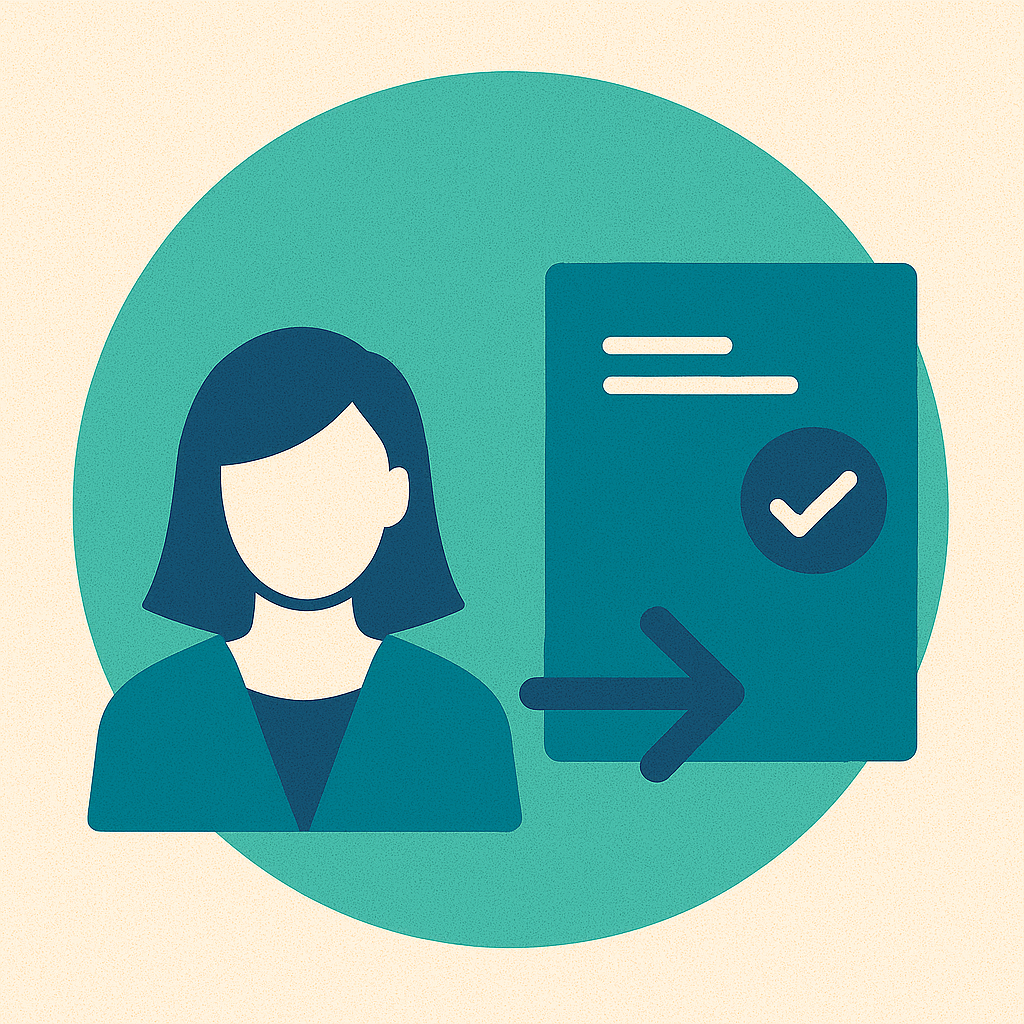Startups move fast, and your hiring process should too. But for many early-stage companies, recruiting technical talent still depends heavily on engineering involvement—writing assessments, reviewing take-home tests, sitting in on every interview.
That bottleneck doesn’t scale.
The good news? With the right tools and structure, you can build a hiring process that minimizes the engineering burden while still delivering high-quality, technically sound hires.
Here’s a step-by-step guide to make it happen.
Step 1: Define Hiring Criteria with Engineers Upfront
Before you begin sourcing or screening, sit down with your engineering lead to clarify what "good" looks like for the role. This one-time collaboration prevents countless hours of back-and-forth later in the process.
Ask:
- What are the must-have technical skills? Are we looking for someone with deep backend experience (e.g., API design, database optimization), frontend proficiency (e.g., React, TypeScript), or full-stack versatility? Should they be fluent in specific languages like Python, Go, or JavaScript, or is general problem-solving ability more important than tech stack expertise??
- What tools or frameworks should they know? Should they be proficient with specific technologies like AWS, Docker, GitHub Actions, or Postgres? Are there front-end tools like Figma or Storybook they’ll collaborate with? Clarify whether tool familiarity is a must-have or something they can learn on the job?
- What kind of problems will they solve? Will they be working on scaling backend systems, building new product features, fixing technical debt, improving developer experience, or integrating third-party services? Clarify whether their work will focus more on greenfield development, refactoring legacy systems, rapid prototyping, or long-term architecture?
- What behaviors or mindsets signal success on this team? Are we looking for builders who thrive in ambiguity, or specialists who bring depth in a narrow domain? Do successful team members proactively communicate, ask for help early, or prefer heads-down focus? Clarifying these traits helps ensure cultural and operational alignment in your hiring.?
Use this conversation to create two things:
- A scorecard with 4–6 core competencies to evaluate (e.g., problem-solving, code quality, communication, technical stack expertise)
- A simple rubric that defines what "great," "good," and "poor" look like for each competency
Once it’s documented, your engineers can step back. The rest of the hiring flow can be driven by recruiters and hiring managers.
Step 2: Use AI-Powered Assessments Instead of Manual Evaluations
One of the biggest engineering time sinks in hiring is designing and grading technical tests. But modern platforms now let you auto-generate role-specific assessments from the job description.
These tools can:
- Analyze the job description to automatically generate role-specific coding challenges, tailored to the technologies, experience level, and responsibilities outlined in the posting
- Tailor challenges to the stack (e.g., React for frontend roles, Python for backend logic, SQL for data querying and manipulation). This ensures each candidate is tested on the languages and frameworks they’ll actually use in the role, rather than generic or irrelevant topics.
- Score submissions instantly with breakdowns by skill area: Assessments are graded in real time, with results organized by specific competencies like algorithms, debugging, system design, and code quality. This lets recruiters quickly see where each candidate excels or struggles, making it easier to filter top talent and make data-informed decisions.
- Flag top performers based on rubric-aligned criteria: The system automatically highlights candidates who meet or exceed the scoring thresholds defined in your scorecard. This allows recruiters to confidently identify which candidates should advance, without needing manual scoring or technical judgment.
The recruiter’s role? Paste in the JD, choose test length and difficulty, and send the link.
Because the results are structured and visual, non-technical team members can review and interpret them easily. You only need engineering input at the final stage—if at all.
This alone can eliminate 5–10 hours of engineer involvement per hire.
Step 3: Implement Structured Interviews Recruiters Can Lead
You don’t need a computer science degree to run a great interview. You need a plan.
Using the scorecard and rubric you built in Step 1, design interviews that assess specific competencies—with or without technical deep dives.
Examples:
- Ask behavioral questions: "Tell me about a time you debugged a production issue. What steps did you take, and what was the result?" Look for responses that reflect real-world complexity, collaboration with other teams, and an ability to stay calm under pressure. This helps gauge a candidate's problem-solving approach and how they operate in high-stakes situations.
- Use scenarios: "How would you approach scaling an app that’s slowed down under traffic?" Listen for whether they identify root causes (e.g., database bottlenecks, inefficient code, load balancer configuration), and if they consider trade-offs between short-term fixes and long-term scalability. Their response should give insight into their systems thinking, prioritization skills, and communication style under pressure.
- Probe decision-making: "How do you decide between building something custom vs. using a library?" Strong answers should show they weigh trade-offs like time to ship, maintainability, team expertise, and long-term scalability. Bonus if they mention validating existing solutions, checking for open-source maturity, or evaluating documentation quality before deciding to build from scratch.
With a structured question list and scoring framework, recruiters and hiring managers can confidently assess problem-solving, communication, and decision-making—without needing to grade code.
Reserve the final interview for a technical peer only if the candidate has passed all earlier stages with high marks.
